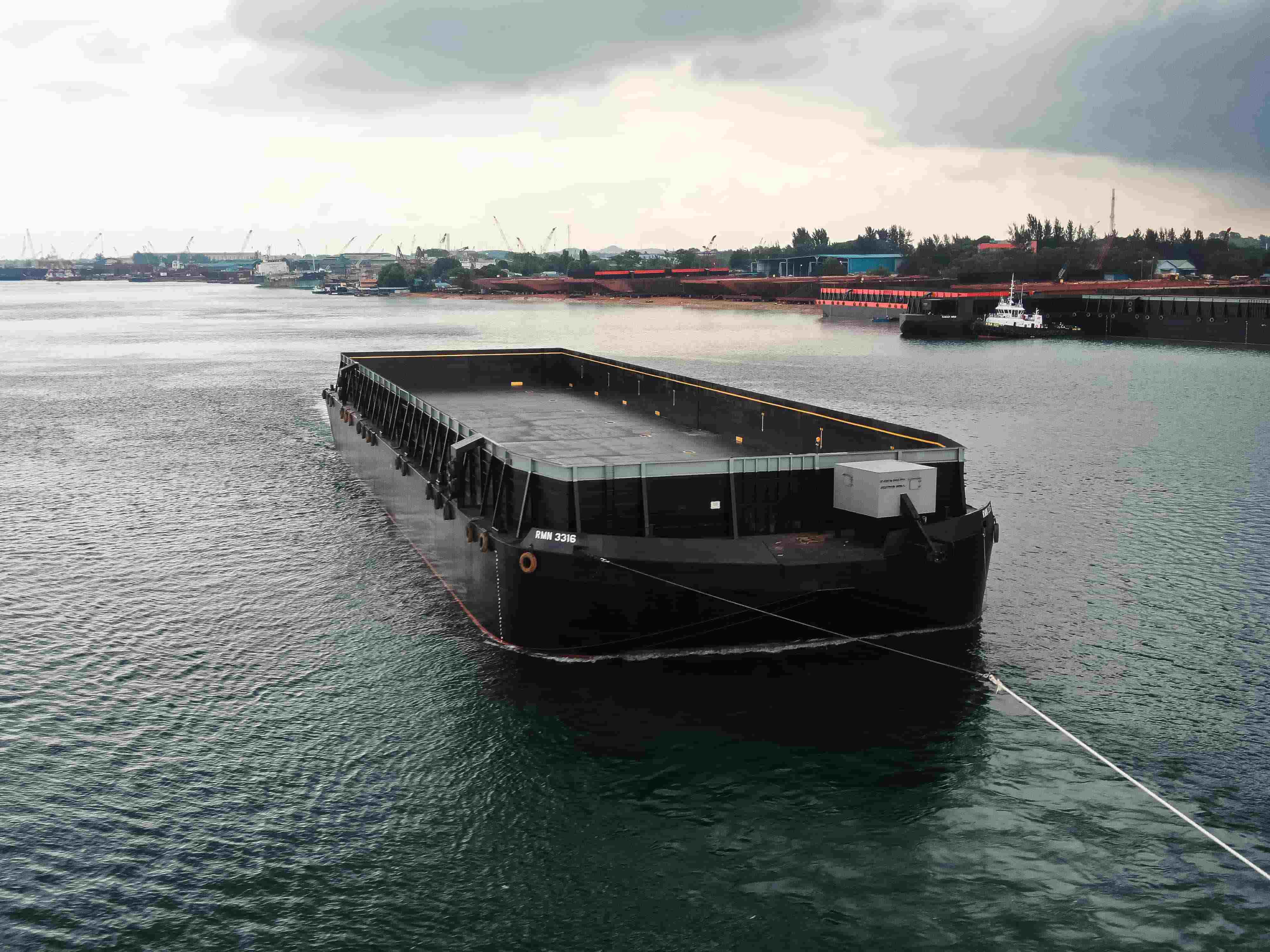
Barges or barges are a type of freighter that looks like a large floating box. The unique fact is that around 1960-1980 this type of ship was also often used as a means of transportation or for car carriers to cross areas that did not have bridges such as Papua, Kalimantan, Sulawesi and Sumatra.
At present the function of barges is more for the transportation of goods with the majority being made in the Riau Archipelago, especially the Batam area. This is because the area is a shipping base in Indonesia. The absence of a propulsion system on the barge makes it dependent on other vessels, namely tugboats or tugboats. (Link to Tugboats)
When viewed from its shape which is like a floating box, this ship is indeed suitable for transporting goods. Goods transported on ships are usually in very large quantities, with the help of tugboats that pull them. There are barges themselves that have a propulsion system like ships in general or are often called SPOB (Self Propelled Oil Barge). The main difference with other ships is the design and construction.
Barges are needed by traders in the material distribution process with other benefits as follows:
1. Time Efficiency
Bargers and tugboats are smaller in size compared to self-propelled boats, so fewer documents need to be processed and operations are faster. Certainly very efficient in terms of time and resources.
2. Responsive to Problems in the Field
A tugboat generally must have two main propulsion engines. If one engine dies, the role of the second engine can be activated to keep the ship moving.
3. Smooth Distribution in Various Regions
The existence of bargers makes access to inland river locations easy to reach. This is due to its size which is capable of transporting large amounts of cargo and is also the best choice for business support.
Barges are capable of loading 2,000 to 8,000 MT (metric tons) based on their size broken down as follows:
- Barge 180 Feet: the smallest barge with a maximum cargo of 2000 MT.
- Barge 230 Feet: maximum cargo 4000 MT.
- Barge 270 Feet: standard barge with a maximum cargo of 6000 MT.
- Barge 300 Feet: the largest barge with a maximum cargo of 8000 MT of cargo.
Barges rely on tugboat power to move. Tugboat is a ship used to pull or push barges or other types of ships with a large enough engine power. Because the tugboat has to pull or push barges that have considerable resistance, the tugboat's power must also be large. Tugboats must have fuel and lubricating oil operations for at least one cargo delivery trip.